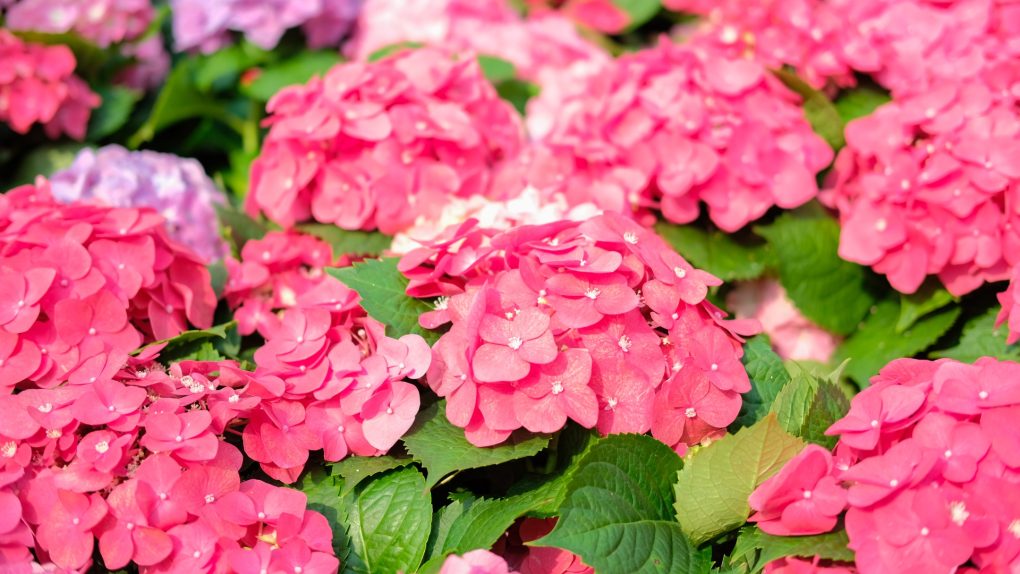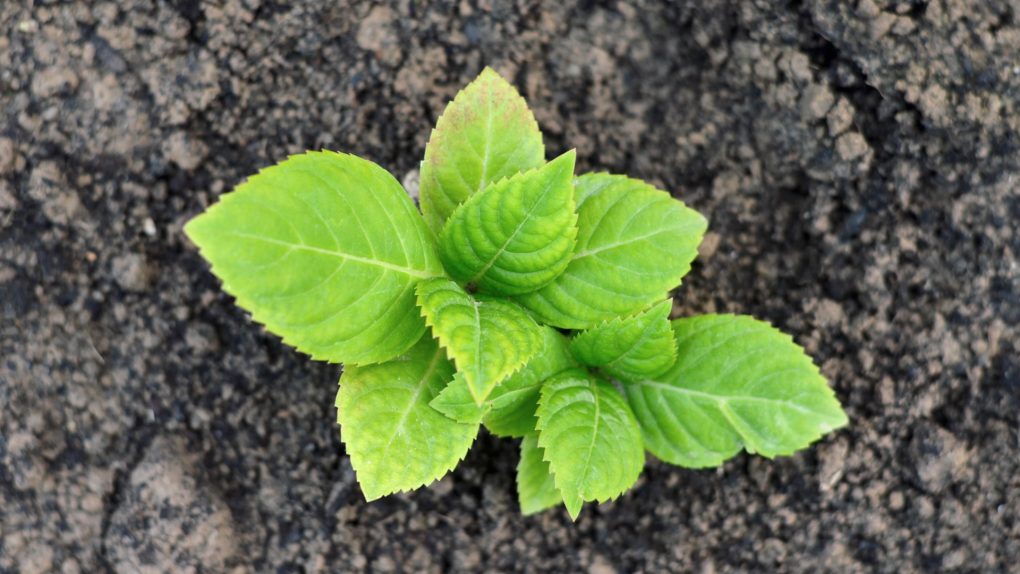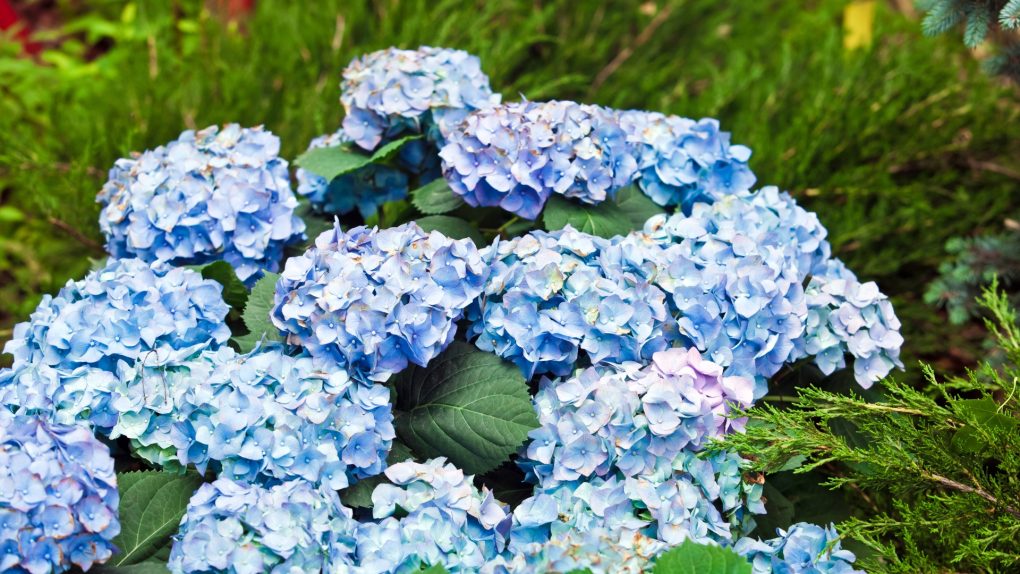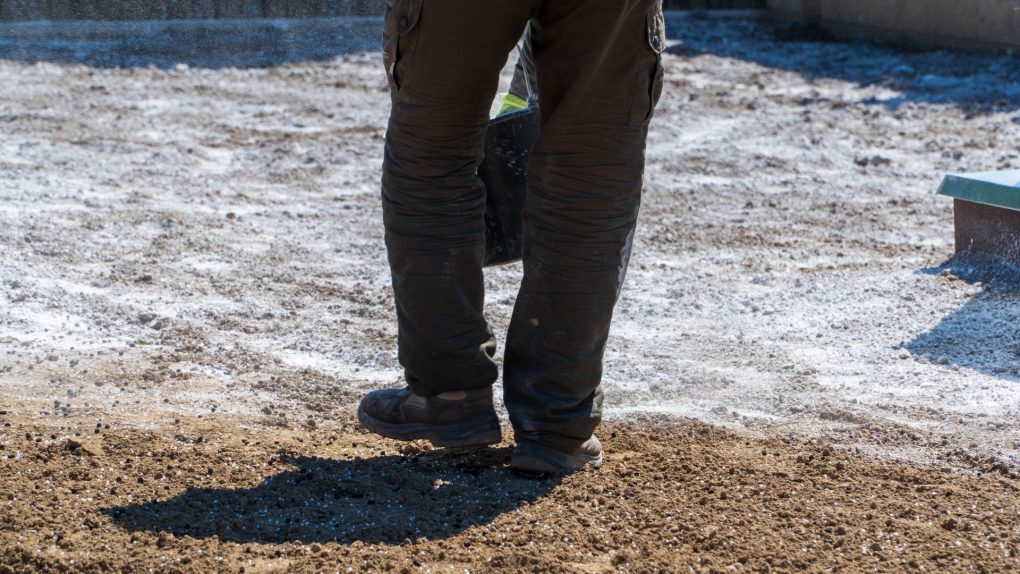Do Hydrangea Need Acid Soil? Exploring the Optimal Soil Conditions for Hydrangea Growth
Hydrangeas generally prefer slightly acidic soil conditions. The ideal pH range for most species is between 5.5 and 6.5. The soil’s acidity can also affect the bloom color of certain hydrangeas, particularly the bigleaf hydrangeas (Hydrangea macrophylla). In acidic soil, their blooms tend to be blue, whereas, in alkaline soil, they exhibit pink flowers.

Although most hydrangeas prefer acidic soil, other species can tolerate a wider pH range. Some varieties, such as the panicle hydrangea (Hydrangea paniculata) and oakleaf hydrangea (Hydrangea quercifolia), can also thrive in neutral or slightly alkaline soil. So, while hydrangeas generally prefer an acidic environment, it’s essential to consider the specific variety when planting and maintaining these attractive shrubs.
Table of Contents
Hydrangea Soil Requirements
Hydrangeas are popular flowering shrubs known for their large, showy blooms. It is important to understand their soil requirements to grow healthy and vibrant hydrangeas. Hydrangeas can grow in both acidic and alkaline soils, but the soil pH can affect the color of their blooms.
Acidic Soil
For hydrangeas to produce blue blooms, the soil must be acidic with a pH of 5.0 to 5.5. This allows the plant to absorb aluminum from the soil, which turns the blooms blue. You can add aluminum sulfate or sulfur to the soil to make the soil more acidic. However, it is important to note that too much aluminum can be toxic to the plant, so it is recommended to follow the instructions on the product label and not overuse it.
Alkaline Soil
If you want your hydrangeas to produce pink or red blooms, the soil must be alkaline with a pH of 6.0 to 6.2. This is because alkaline soil does not allow the plant to absorb aluminum, resulting in pink or red blooms. However, you can add lime to the soil to make the soil more alkaline. However, it is important to note that adding too much lime can make the soil too alkaline, harming the plant.
It is important to test the soil pH regularly to ensure it is within the range your hydrangeas need. For example, you can use a soil pH testing kit or send a sample to a laboratory. Providing your hydrangeas with well-draining soil rich in organic matter is also important.
Maintaining Soil pH
It is important to maintain the soil’s acidity to ensure that hydrangeas have the proper pH levels to produce the desired flower colors. This can be done through mulching and fertilizing.
Mulching
Mulching is a great way to regulate soil pH levels. Organic mulches, such as pine needles, sawdust, and bark, can help to lower soil pH levels. On the other hand, inorganic mulches, such as rocks and gravel, can raise soil pH levels. Therefore, choosing the right mulch for your hydrangeas is important to ensure that the soil pH remains in the desired range.

Fertilizing
Fertilizing can also help to regulate soil pH levels. Fertilizers that contain sulfur or iron can help to lower soil pH levels. On the other hand, fertilizers that contain lime can raise soil pH levels. Therefore, choosing the right fertilizer for your hydrangeas is important to ensure that the soil pH remains in the desired range.
It is important to note that too much of any fertilizer can be harmful to hydrangeas. Therefore, following the instructions on the fertilizer package and avoiding over-fertilizing is recommended. Additionally, it is important to regularly test the soil pH levels to ensure that the soil remains in the desired range.
Testing Soil pH
Testing soil pH is crucial when it comes to growing hydrangeas. Knowing the pH of your soil will help you determine how to adjust it to achieve the desired color of your hydrangea blooms.
There are a few ways to test soil pH:
- Soil Test Kit: You can purchase a soil test kit at your local garden center or online. Follow the instructions carefully to obtain an accurate reading.
- Send a Sample to a Lab: You can send a soil sample to a lab for analysis. This method may take longer and cost more, but it will provide a detailed report of your soil’s pH level and nutrient content.
- DIY Test: You can also do a DIY test using vinegar and baking soda. Collect two soil samples from different garden areas and place them in separate containers. Add a half cup of vinegar to one container and observe the reaction. If it fizzes, your soil is alkaline (pH above 7). If there is no reaction, add a half cup of water to the other container and mix. Then, add a half cup of baking soda and observe the reaction. If it fizzes, your soil is acidic (pH below 7).
Once you know your soil’s pH level, you can adjust it accordingly. For example, if your soil is too alkaline, you can lower the pH by adding organic matter such as peat moss, pine needles, or coffee grounds. If your soil is too acidic, add lime or wood ash to raise the pH.
It’s important to note that adjusting soil pH can take time and may require multiple applications. Therefore, be patient and monitor the pH level regularly to ensure the health and vibrancy of your hydrangeas.
Amending Soil pH
Hydrangeas prefer slightly acidic soil with a pH range of 5.2 to 6.2. However, the soil pH can vary depending on the type of hydrangea and the location where it’s planted. If the soil pH is too high, the hydrangea flowers will turn pink; if it’s too low, the flowers will turn blue. Therefore, it’s essential to amend the soil pH to ensure that hydrangeas thrive and produce vibrant flowers.

Adding Sulfur
One way to lower the soil pH is by adding sulfur. Sulfur is readily available at most garden centers and nurseries. Therefore, applying the sulfur in the fall or winter is recommended, so the soil has time to adjust before planting in the spring. Here are the steps to follow:
- Perform a soil test to determine the current pH level.
- Calculate the amount of sulfur needed based on the soil test results and the size of the planting area.
- Mix the sulfur evenly over the soil surface into the top 6 inches.
- Water the soil thoroughly to activate the sulfur.
- Re-test the soil pH after a few weeks to ensure it’s within the desired range.
Adding Lime
If the soil pH is too low, adding lime can raise it to the desired level. Lime is also available at most garden centers and nurseries. It’s best to apply lime in the fall or winter, so the soil can adjust before planting in the spring. Here are the steps to follow:
- Perform a soil test to determine the current pH level.
- Calculate the amount of lime needed based on the soil test results and the size of the planting area.
- Mix the lime evenly over the soil surface into the top 6 inches.
- Water the soil thoroughly to activate the lime.
- Re-test the soil pH after a few weeks to ensure it’s within the desired range.

In summary, hydrangeas can grow in both acidic and alkaline soils, but the soil pH can affect the color of their blooms. The soil must be acidic to produce blue blooms, and to produce pink or red blooms, the soil must be alkaline. Therefore, it is important to regularly test the soil pH and provide the plant with well-draining soil rich in organic matter.
